How to plant mint at home and what is needed to grow it on a windowsill?
Many people grow wild mint bushes in their garden; in dried form, it is perfect as an additive to tea and herbal infusions. But if there is none on the site, then growing mint at home on the windowsill would be a suitable option. This plant will not only allow you to enjoy delicious drinks with fresh leaves all year round, but will also decorate any interior thanks to its appearance and aroma.
Homemade mint
Home mint varieties have their own name: plectrantus. These plants have nondescript flowers of white, blue or purple, but are still considered decorative. It's all about their unusual leaves, which can be of various colors. The middle of the leaf is always green, but its jagged edge and veins can be either similar in color to the main part of the leaf, or different from it, acquiring purple, white and other shades.
The shoots of such a mint have a four-sided sectional shape and spread along the ground. They are abundantly covered with foliage. But not all varieties are such. So, among the plectrantus there are species whose stems remain straight and grow upward, forming a dense bush, which is also covered with foliage. The height of such a plant can be up to 40 cm.
At the moment, the most popular are 4 types of mint, which can be planted on the windowsill.
- Plectrantus Ertendal.In terms of the decorative component, this type of mint strongly overtakes those that will be presented below. The color of the heart-shaped carved leaf can range from purplish pink to bright green. Usually the paint does not lie on the sheet in an even layer, but creates an ornament on its surface. In addition, this flower has a delicate scent reminiscent of camphor.
- Shrub plectrantus.As the name implies, this mint grows on a windowsill in one dense bush. The leaves of this species are distinguished by their monotony. The veins run along the sheet in small depressions, which gives the effect of a "wrinkled" surface. The leaves are heart-shaped. This species has a peculiarity: if you touch its shoots, then the plectrantus will begin to release essential oils. It is for this that he received his second name - "soap tree".
- The plectrantus is felt.If this species is planted on a windowsill at home, it will be in the form of a small bush, consisting of drooping shoots with densely planted leaves. Has a light mint aroma. The leaves themselves are heavily pubescent and have a light green color. A feature of felt plectrantus is that, unlike other species, it can be planted in outdoor conditions. In this case, the size of the leaves and the entire plant as a whole will increase significantly.
- Plectrantus is coleus-shaped.As you can see from the name, this type of mint has some similarities with Coleus in its appearance. The thing is that both of these plant species belong to the same family. Plectrantus coleus has the largest leaves. They are much larger than those of the samples presented above, their length can be up to 6 cm. The border can be clearly traced on the sheet, which can be of different shades: white, cream.
Despite such differences, all these species require approximately the same care, because all the plants presented are from warm subtropics with a humid climate.
Care after purchase
After the plectrantus has been acquired, it must immediately be moved to a wider container so that the flower can develop freely. To do this, it is necessary to prepare in advance a special soil composition:
- 1 part of humus;
- 1 piece of leafy land;
- 2 pieces of turf;
- 0.5 parts of sand;
- 0.5 parts of peat.
Advice
The mixture should be loosened, this will saturate it with oxygen and reduce its density.
It is necessary to plant mint in prepared potted soil with a lump of earth in which it grew earlier. It is advisable to carry out such transplantation procedures every year in early spring, until the plant is 5 years old. After overcoming this age, the plectrantus is fully mastered, and a transplant is required only once every two years, also in early spring. And if desired, after the soil has completely warmed up and the freezing stops, mint can be planted in the open field for the summer.
During the period of intensive growth, which is observed in spring or summer, the flower requires additional vitamins for healthy development. For feeding mint on the windowsill, it is advised to use standard fertilizers for indoor plants... You can use both organic and mineral fertilizers, alternating them with each other every month.
Care features
Despite the fact that mint can live for some time in dry soil, in order for it to quickly grow its leaves on the windowsill, it must be watered abundantly. This is especially true for the period of active growth. Also, from time to time, the flower must be sprayed from a spray bottle. Such water procedures will mimic the high humidity of the air, which is characteristic of the subtropics.
To create the necessary atmosphere, it is also important to observe the temperature regime. Plectrantus prefers to be in full sun, but the rays should be diffused. It is best to place the flower by the southeast window. At the same time, the temperature should remain moderate. The most comfortable conditions for mint on the windowsill are those at which the temperature varies from 20 ° to 22 ° C.
In winter, on the windowsill, such a temperature is rare, therefore it is allowed to lower it to 15 ° C. If the degrees fall even lower, then there will be a possibility of frostbite, and the appearance of the flower will be spoiled if the plant does not die at all. During this period, watering should be moderate, because in winter the flower is at rest, gaining strength before the season of abundant growth.
Advice
Dry the topsoil lightly. This will avoid waterlogging of the land in winter.
In order for as many leaves as possible to grow on the plectrantus during the period of active growth, it must be trimmed in early spring. If there are empty or weakened shoots, they must be shortened in half so that the flower does not spend extra energy on recovery.
In addition, you can regularly pinch the tops, making the plant much more lush.
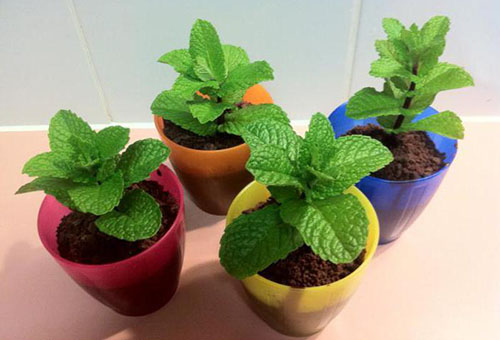
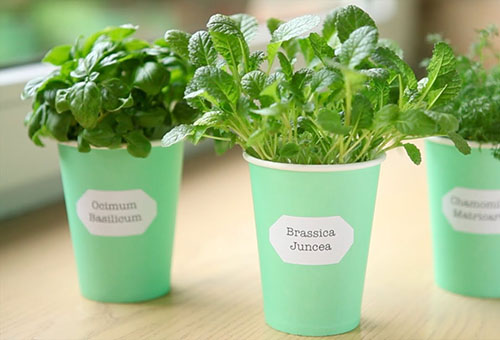
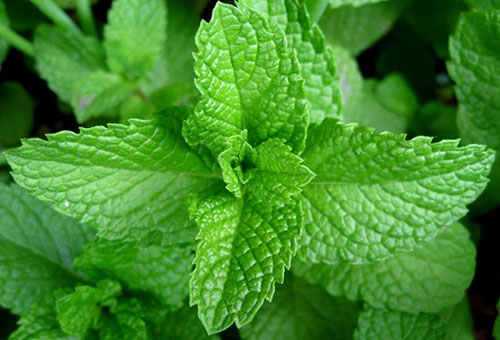
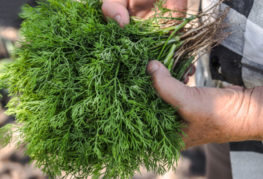
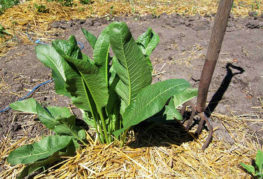
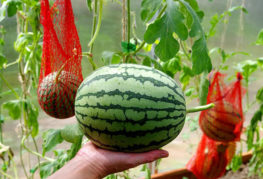
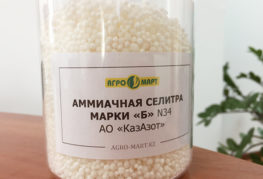


and will be published shortly.